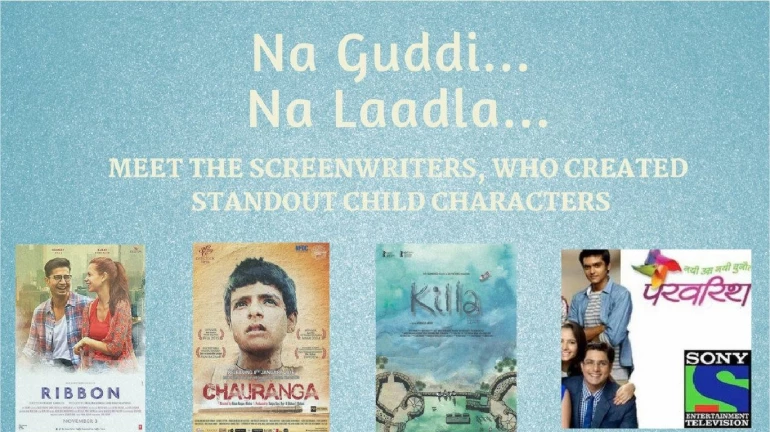
Charkha and SWA recently organised a screenwriting workshop. A major topic which was highlighted in the workshop was the fact that in a country like India, with one of the highest children's population, the number of films made for them is very few. The panel, at the workshop, consisted of Bikas Ranjan Mishra, Rakhee Sandilya, Tushar Paranjape and Satyam Tripathy. They also spoke about how the characters in the films are unidimensional and either very cute or very wise. And that there is a need to create real and credible characters in films. And the directors who have worked with children in their films spoke about the special challenges faced by them while shooting with the youngsters.
Bikas Ranjan Mishra, who did the screenplay as well as directed "Chauranga", shares his experience of working with children on set. He says, “I know, on the set, children face lots of torture. While shooting for Chauranga, I wanted to work with three children but one didn’t get permission from school. I really wanted to work with him. The other two were very flexible with me. I asked them to work on Saturday and Sunday and I still have a fairly good connection with those children as I shared a good bond with them. We used to climb trees. It used to give them a feel of the village environment and I think they liked it.”
Rakhee Sandilya, who directed “Ribbon”, shared her experiences that inspired her through the journey of her film. She said, “In the film, the baby was unplanned and from there on our story begins. There were five stages of the little baby in the film. I had a baby who was less than a month old but we had straight rules on the set. We used to have less staff on the field while shooting with the baby because the child used to get scared after seeing too many people together. Writing for children is easier than shooting with kids. We used to face real challenges while shooting as the baby with whom we were shooting used to say, ‘I don’t want to shoot, I want to play’. We used to shoot only when the kid used to feel like shooting.”





